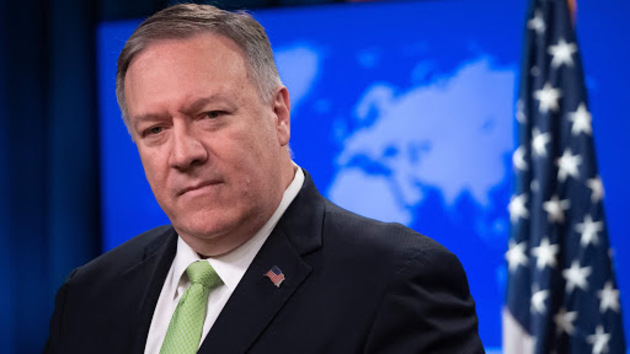U.S. Secretary of State Mike Pompeo called on Armenia and Azerbaijan to maintain a ceasefire in Nagorno Karabakh.
"The United States calls on Azerbaijan and Armenia to implement their commitments to a ceasefire as agreed and cease targeting civilian areas," he wrote on Twitter.
"We deplore the loss of human life and remain committed to a peaceful settlement," Pompeo added.
At the talks held at Russia’s initiative in Moscow, Baku and Yerevan agreed on a humanitarian ceasefire, which came into effect at 12:00 local time (11:00 Moscow time) on October 10 in order to exchange detainees and the bodies of those killed in the fighting.
The Armenian armed forces committed a large-scale provocation, subjecting the positions of the Azerbaijani army to intensive shelling from large-caliber weapons, mortars, and artillery installations of various calibers in the front-line zone on Sept. 27 at 05:00 (Msk). The command of the Azerbaijani Army decided to launch a counter-offensive operation of Azerbaijani troops along the entire front to suppress the combat activity of the Armenian armed forces and ensure the safety of the civilian population. To date, the city of Jabrayil and most of the Jabrayil district, the city of Hadrut, more than half of the Fizuli district were liberated in the south, and the strategically important Murovdag mountain and the so-called sixth fortified area around the village of Sugovushan in the north were liberated.






